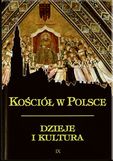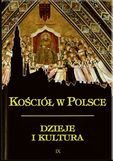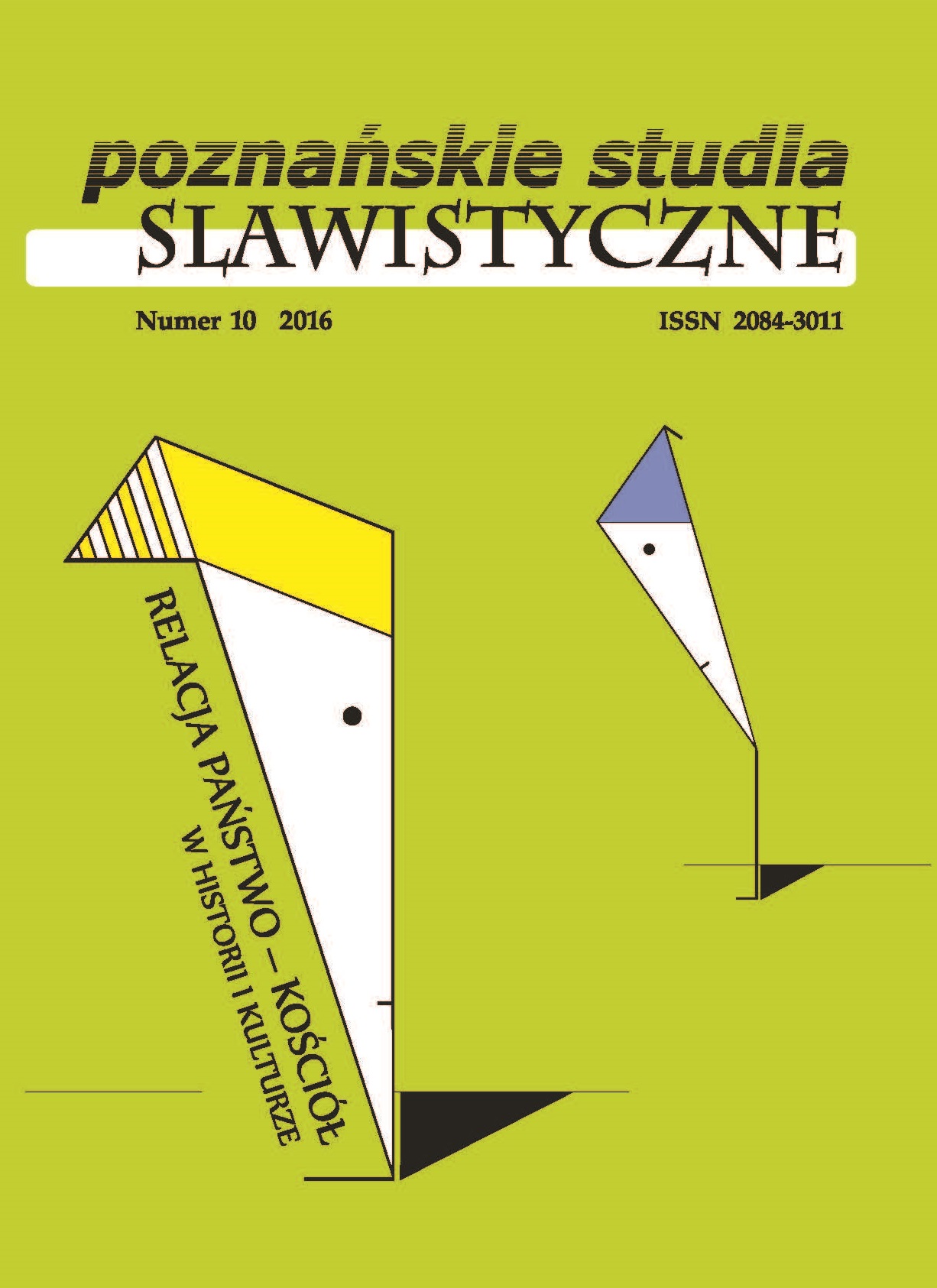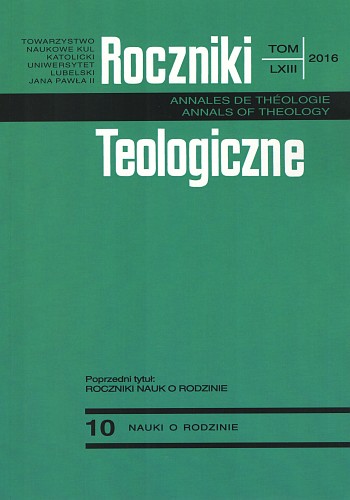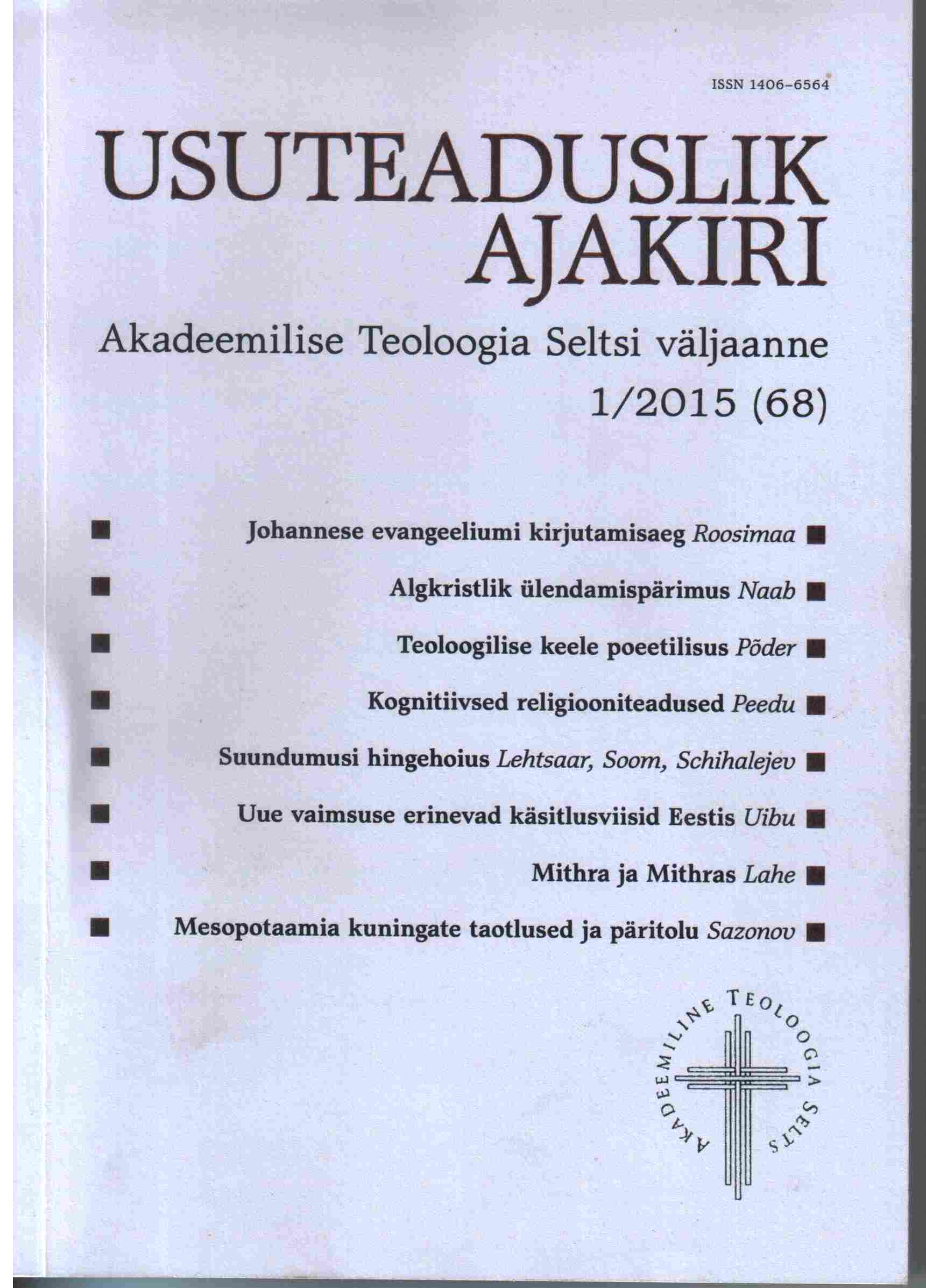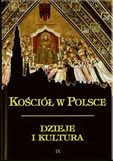
MISJE KATOLICKIE W JAPONII. HISTORIA I WSPÓŁCZESNOŚĆ
Christianity reached Japan as late as the 16th century. The rst missionary in the Land of the Blooming Cherry-Tree was St. Francis Xavier. For two years, from 1549- 1551, he preached the Gospel to the native inhabitants of the Japanese Islands, after which he left for China with similar intentions, but died on the way in Continental Asia (2 or 3 of December, 1552). The work of Francis Xavier was continued by the Jesuits, who propagated the Catholic faith with the help of missionary accommodations. The mission’s development was stopped before the end of the 16th century by repressions introduced by shogun Toyoto Hideyoshi. Christian persecutions lasted for almost three centuries and cost the lives of thousands of Christians. It is from this period that we have a list of 42 saints and 393 blessed Japanese martyrs. The period of tolerance in Japan began only in the Meiji period (as of 1868), and actually, from the time of the declaration of the Edict of Tolerance in 1873. This made it possible to carry out orga- nized missionary activities, mainly by Europeans. The development of the missions in Japan, however, occurred only after the 1930’s, among others thanks to the activities of St. Maximilian Kolbe and Brother Zenon Żebrowski, who undertook educational, printing and charitable work. Meanwhile, the so-called Japanese Niepokalanów was built. After the II World War, the work of Polish missionaries continued, particularly in the area of school education at its various levels. In 2011, the Land of the Rising Sun numbered 445,927 Catholics, which comprises 0.3% of Japan’s population.
More...
